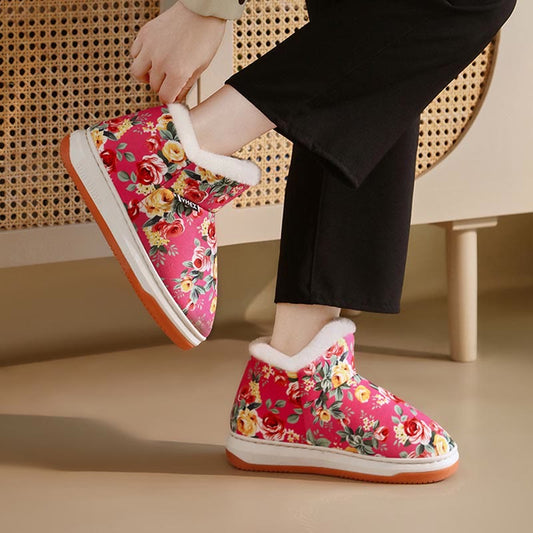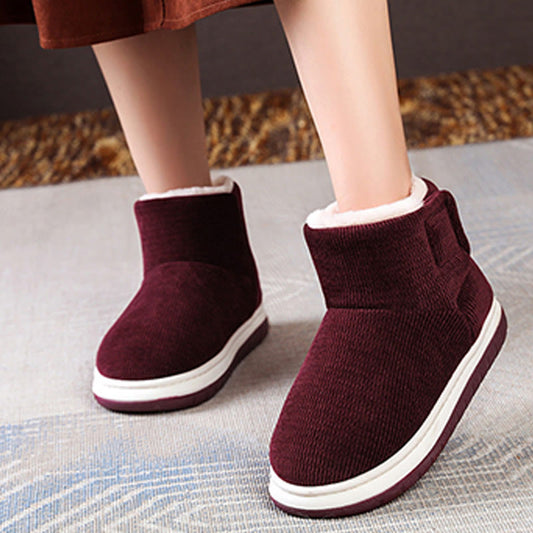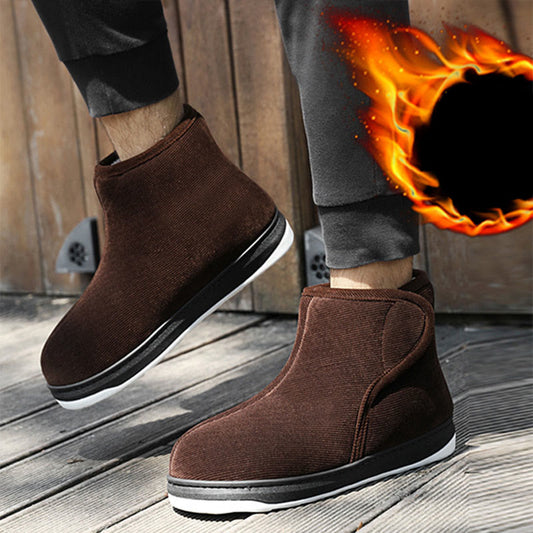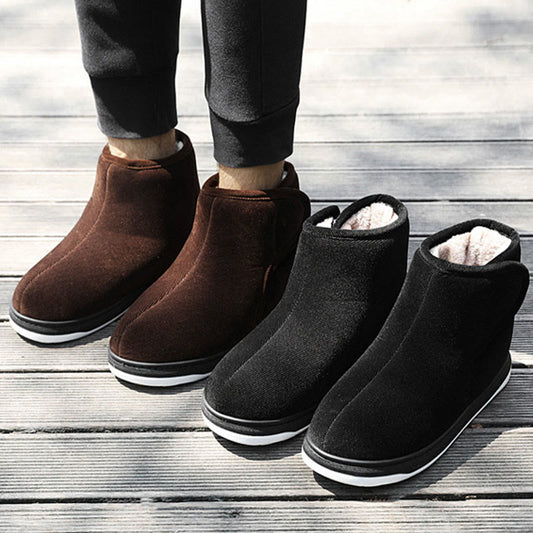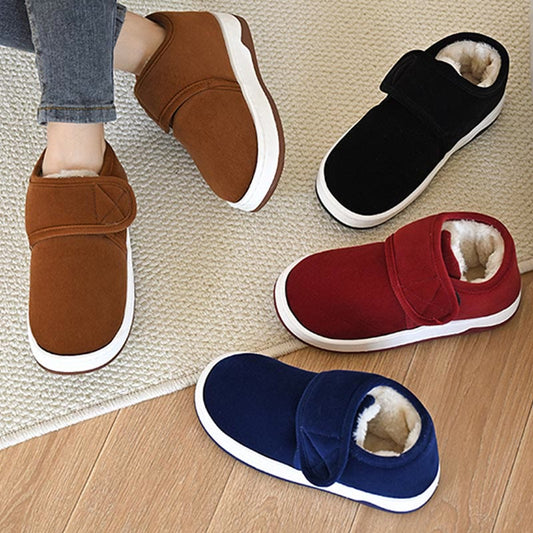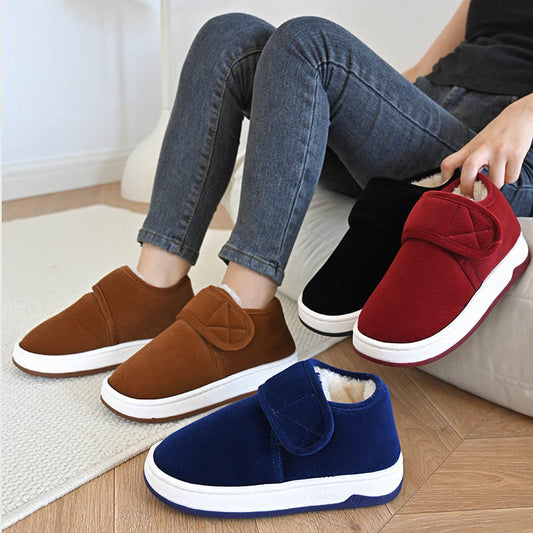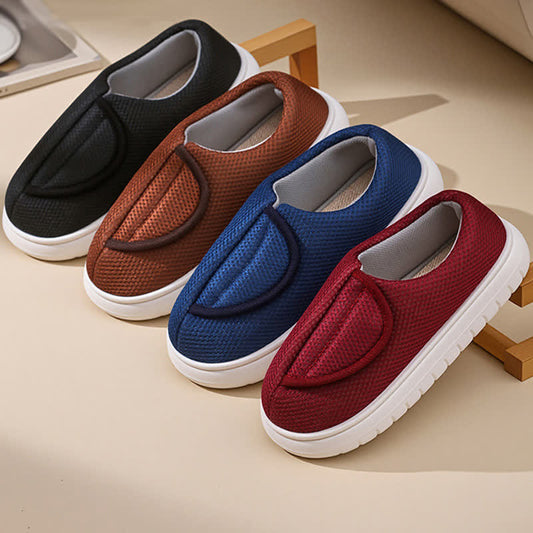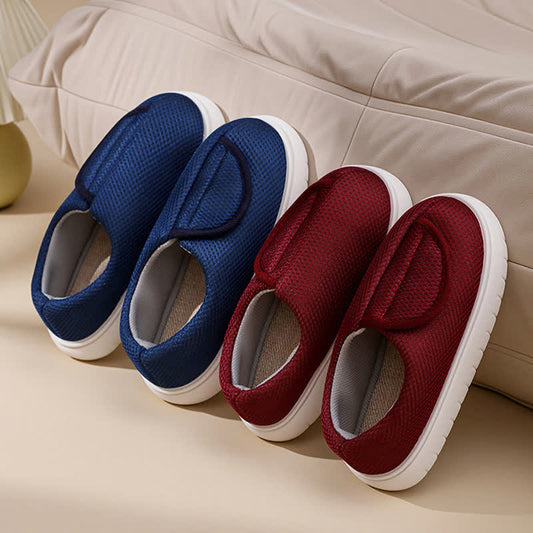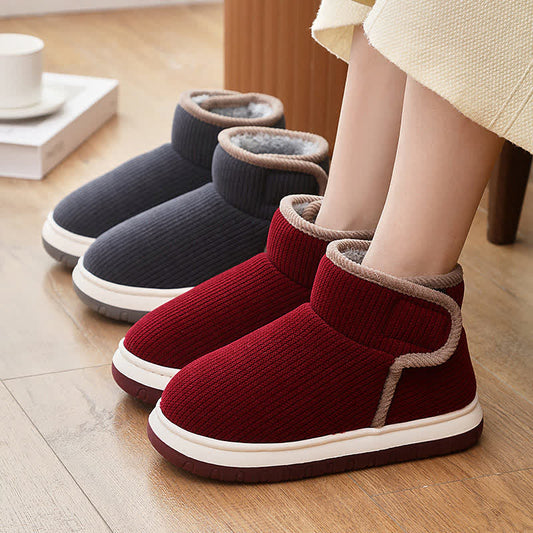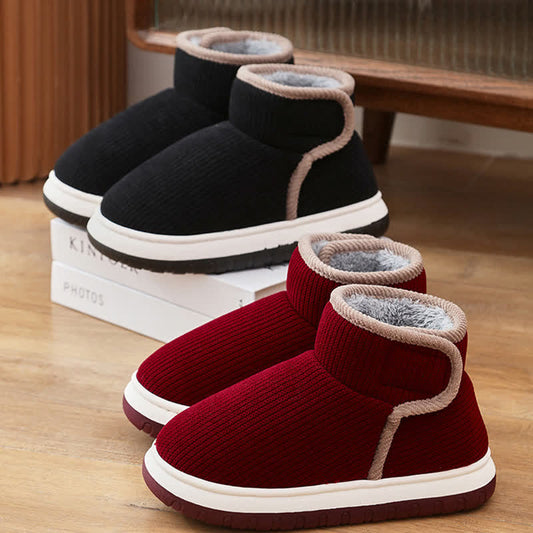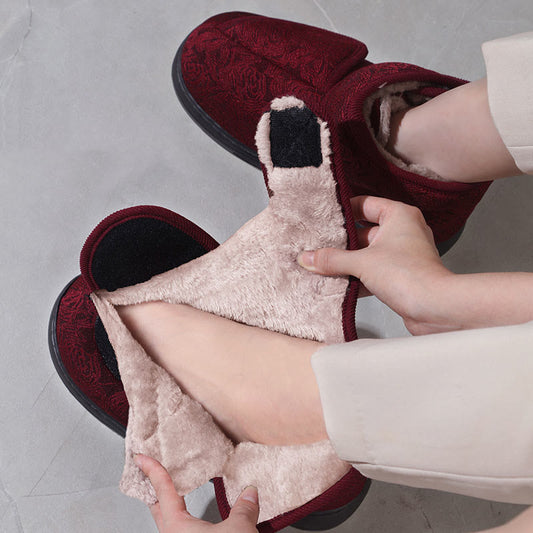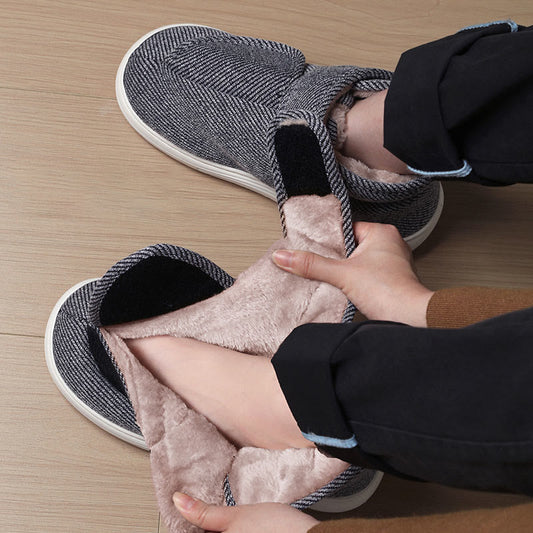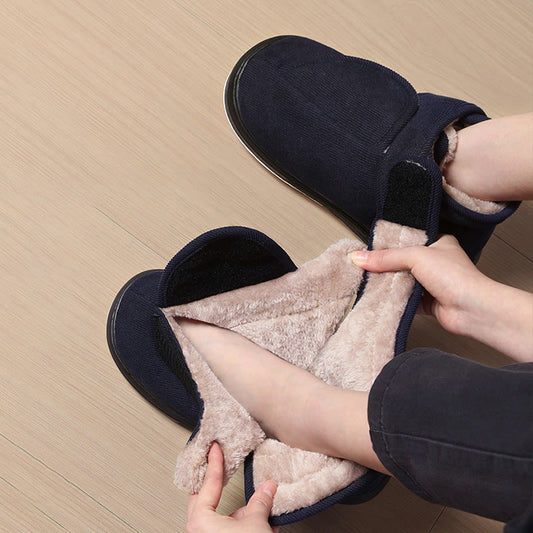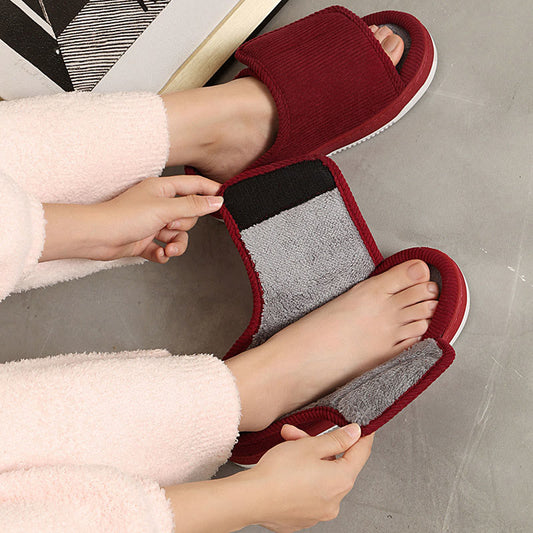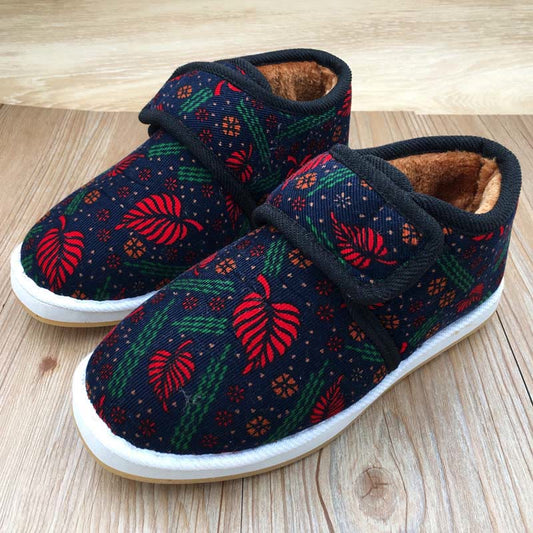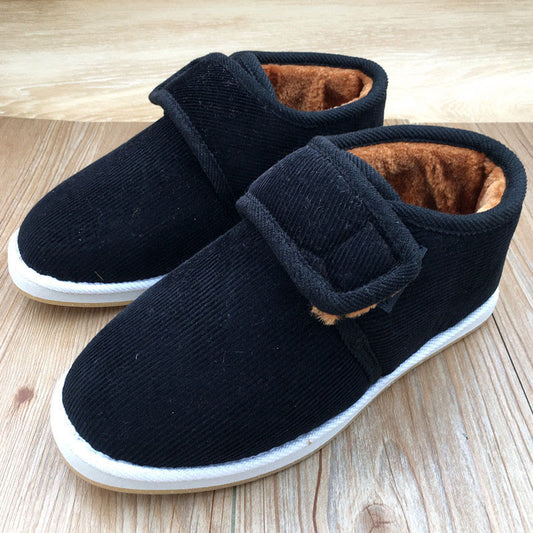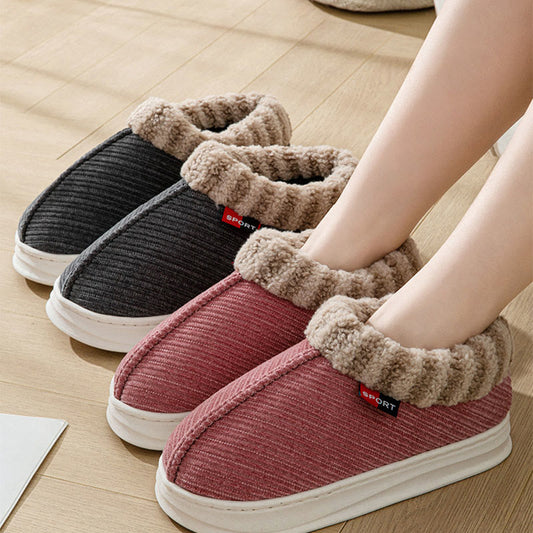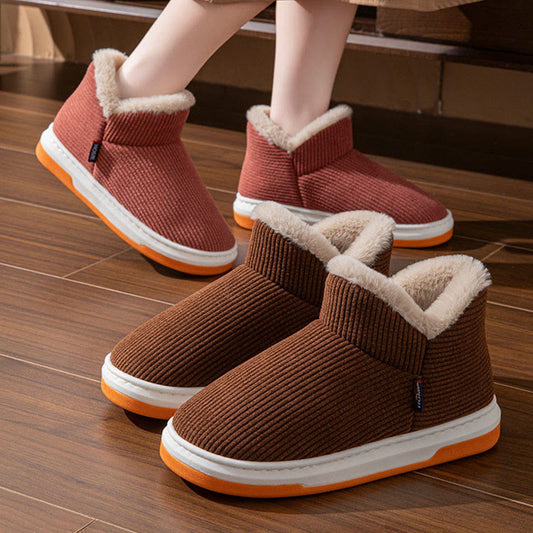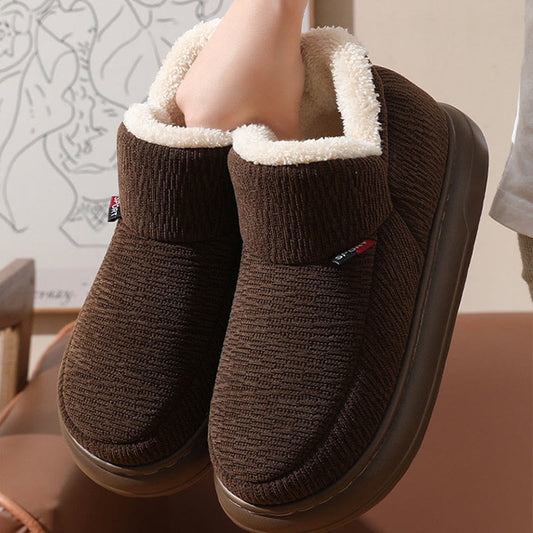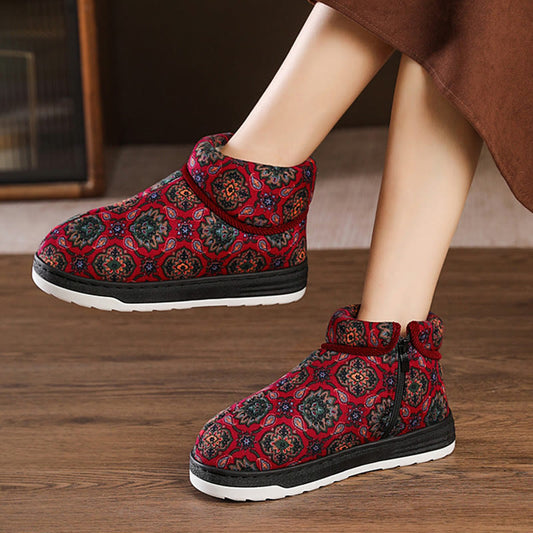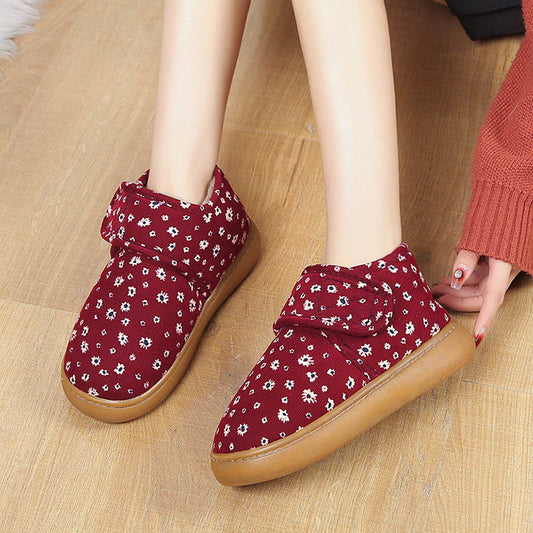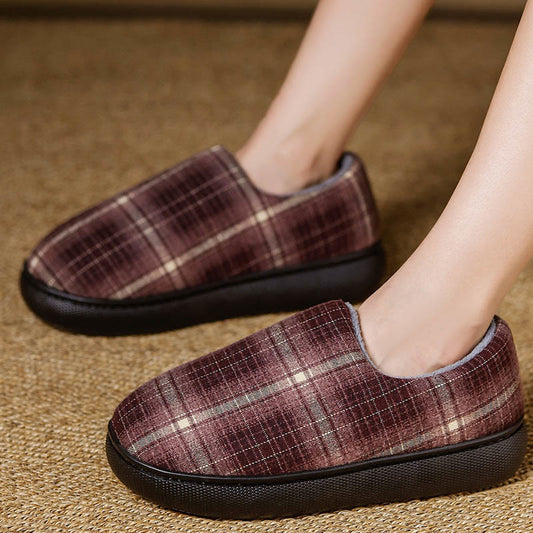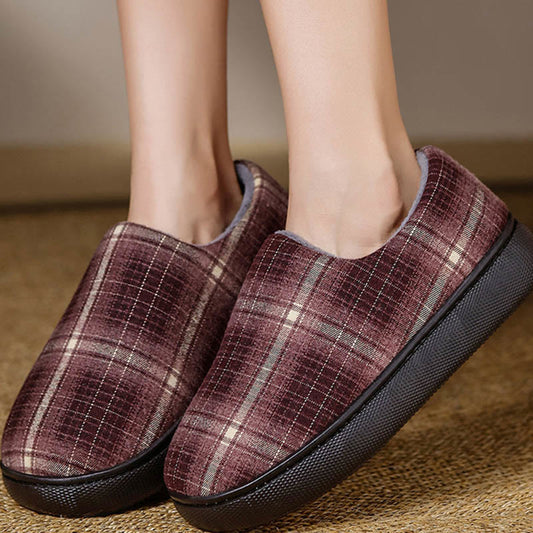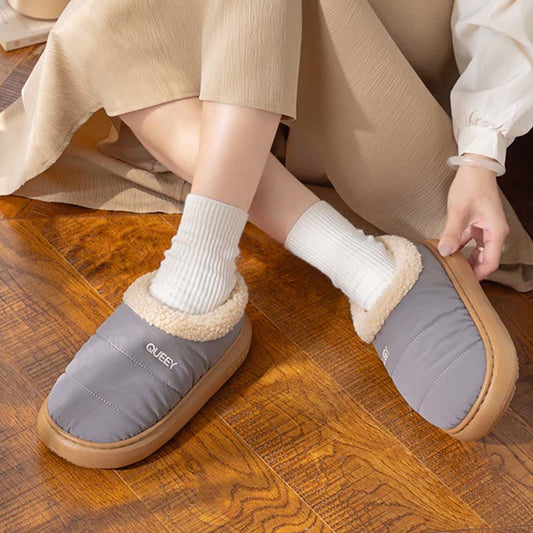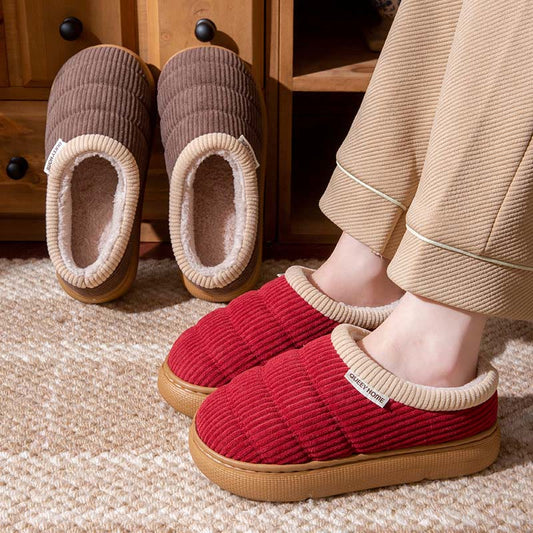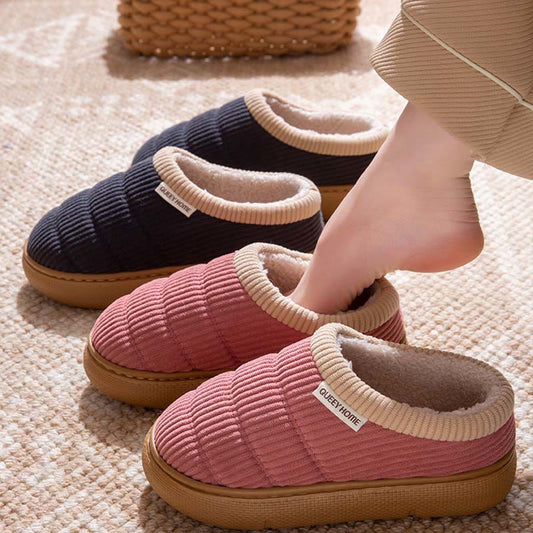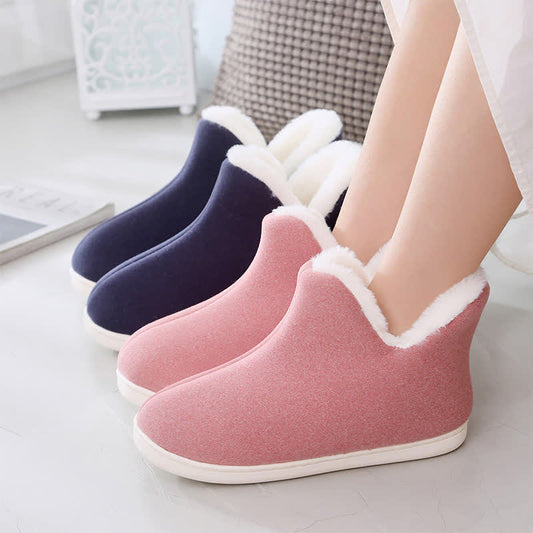-
Plusock Plus Size Elegant flowers Slippers
Regular price $50.95 USDRegular priceUnit price per$50.95 USDSale price $50.95 USD -
Plusock Plus Size Velcro Thicken Slippers
Regular price $51.95 USDRegular priceUnit price per$51.95 USDSale price $51.95 USD -
Plusock Plus Size Soft Warm Diabetic Slippers
Regular price $50.95 USDRegular priceUnit price per$50.95 USDSale price $50.95 USD -
Plusock Plus Size Fuzzy Thickened Slippers
Regular price $47.95 USDRegular priceUnit price per$47.95 USDSale price $47.95 USD -
Plusock Wide Opening Mesh Slip-On Slippers
Regular price $42.95 USDRegular priceUnit price per$42.95 USDSale price $42.95 USD -
Plusock Warm Non-slip Thick-soled Slippers
Regular price $51.95 USDRegular priceUnit price per$51.95 USDSale price $51.95 USD -
Plusock Plus Size Floral Print Slippers
Regular price $49.95 USDRegular priceUnit price per$49.95 USDSale price $49.95 USD -
Plusock Plus Size Grey Velcro Slippers
Regular price $49.95 USDRegular priceUnit price per$49.95 USDSale price $49.95 USD -
Plusock Plus Size Comfort Stability Slippers
Regular price $49.95 USDRegular priceUnit price per$49.95 USDSale price $49.95 USD -
Plusock Plus Size Durable Sole Slippers
Regular price $44.95 USDRegular priceUnit price per$44.95 USDSale price $44.95 USD -
Plusock Plus Size Flower Plant Leopard Print Slippers
Regular price $43.95 USDRegular priceUnit price per$43.95 USDSale price $43.95 USD -
Plusock Plus Size Big Red Plaid Slippers
Regular price $43.95 USDRegular priceUnit price per$69.95 USDSale price $43.95 USDSale -
Plusock Plus Size Velcro Heat Retention Slippers
Regular price $43.95 USDRegular priceUnit price per$43.95 USDSale price $43.95 USD -
Plusock Plus Size Soft Plush Slippers
Regular price $39.95 USDRegular priceUnit price per$39.95 USDSale price $39.95 USD -
Plusock Plus Size Cozy Minimalist Slippers
Regular price $45.95 USDRegular priceUnit price per$45.95 USDSale price $45.95 USD -
Plusock Plus Size Extra Thick Fleece Lining Slippers
Regular price $35.95 USDRegular priceUnit price per$35.95 USDSale price $35.95 USD -
Plusock Plus Size Comfortable Warm Slippers
Regular price $42.95 USDRegular priceUnit price per$42.95 USDSale price $42.95 USD -
Plusock Plus Size Heart Pattern Slippers
Regular price $54.95 USDRegular priceUnit price per$54.95 USDSale price $54.95 USD -
Plusock Plus Size Zipper Slippers
Regular price $50.95 USDRegular priceUnit price per$50.95 USDSale price $50.95 USD -
Plusock Plus Size Floral Slippers
Regular price $52.95 USDRegular priceUnit price per$52.95 USDSale price $52.95 USD -
Plusock Plus Size Lattice Slippers
Regular price $43.95 USDRegular priceUnit price per$43.95 USDSale price $43.95 USD -
Plusock Plus Size Fashionable Skin Friendly Slippers
Regular price $37.95 USDRegular priceUnit price per$37.95 USDSale price $37.95 USD -
Plusock Plus Size Simple Home Slippers
Regular price $37.95 USDRegular priceUnit price per$37.95 USDSale price $37.95 USD -
Plusock Solid Color High Top Warm Slippers
Regular price $43.95 USDRegular priceUnit price per$43.95 USDSale price $43.95 USD
Diabetic Shoes FAQs
What is the best shoe for a diabetic?
The best shoes for diabetics are designed to provide maximum comfort, support, and protection for sensitive feet. Look for shoes that have a wide toe box, soft cushioning, and seamless interiors to reduce the risk of blisters, sores, or pressure points. High-quality shoes for diabetics also include sturdy soles that offer stability and shock absorption, which helps prevent injuries and improves overall foot health.
In addition to comfort, shoes for diabetics should fit properly and accommodate custom orthotics if needed. Materials that are breathable yet durable help maintain a healthy foot environment, reducing moisture and the risk of infections. Choosing the right pair of shoes for diabetics ensures long-term comfort, protection, and support, making them an essential part of daily care for individuals with diabetes.
Do diabetic shoes really work?
Yes, shoes for diabetics are specifically designed to protect sensitive feet and prevent common complications associated with diabetes, such as ulcers, blisters, and infections. The wide toe boxes, cushioned insoles, and seamless interiors of shoes for diabetics reduce pressure points and friction, which helps minimize the risk of foot injuries. Many medical studies have shown that wearing properly fitted shoes for diabetics can significantly lower the likelihood of developing foot ulcers and related issues.
In addition to protection, shoes for diabetics improve stability and support during walking or daily activities. The durable soles and orthotic-friendly designs of these shoes help maintain proper foot alignment, reduce strain, and enhance overall comfort. By wearing the right shoes for diabetics, individuals can actively care for their feet, prevent complications, and enjoy safer, more comfortable mobility every day.
Why are diabetic shoes different?
Diabetic shoes are specially designed to provide superior comfort, protection, and support compared to regular footwear. The best shoes for diabetics feature wide toe boxes, cushioned insoles, and seamless interiors that help reduce pressure points and prevent blisters, sores, or ulcers. Unlike standard shoes, the best shoes for diabetics are made with materials that accommodate sensitive feet and help maintain proper circulation, which is essential for individuals with diabetes.
In addition to comfort, the best shoes for diabetics often have extra depth to accommodate custom orthotics and enhanced sole designs for stability and shock absorption. These features make the best shoes for diabetics an essential tool for preventing injuries, promoting foot health, and ensuring all-day comfort. By choosing the right pair, diabetics can protect their feet while maintaining mobility and confidence in daily activities.
What shoes should diabetics not wear?
Diabetics should avoid wearing tight, narrow, or poorly fitted shoes that can cause friction, pressure points, or blisters. High heels, pointed-toe shoes, and shoes with stiff materials are particularly risky because they can restrict blood flow and increase the chance of foot injuries. Choosing proper diabetes shoes instead helps prevent these issues by providing adequate room, cushioning, and support.
Additionally, diabetics should stay away from shoes without proper arch support or those that lack a cushioned insole. Open-back shoes, flip-flops, or worn-out footwear can also increase the risk of cuts or infections. Opting for certified diabetes shoes ensures that the footwear meets medical standards, protecting sensitive feet and reducing the risk of complications. By avoiding unsuitable shoes and selecting appropriate diabetes shoes, diabetics can maintain foot health and comfort every day.
What is a certified diabetes shoe?
A certified diabetes shoe is a type of footwear specifically designed and approved to meet medical standards for individuals with diabetes. These shoes are built to reduce pressure, prevent blisters, and protect sensitive feet from injuries. The best shoes for diabetics often feature extra depth, cushioned insoles, and seamless interiors, which help accommodate custom orthotics and ensure maximum comfort.
In addition to safety and comfort, certified diabetes shoes are rigorously tested to provide proper support, stability, and shock absorption. Choosing the best shoes for diabetics ensures that individuals can maintain foot health while reducing the risk of ulcers, infections, or other complications. By investing in the right pair of best shoes for diabetics, diabetics can enjoy both protection and everyday comfort.
How do I choose the right size for diabetic shoes?
Choosing the correct size is essential for comfort and foot health when wearing diabetes shoes. Start by measuring both your feet, as one foot may be slightly larger than the other, and refer to the brand’s size chart for accurate guidance. Properly fitted diabetes shoes should have enough room in the toe box to prevent crowding, while also providing snug support around the heel and midfoot.
It’s also important to consider the type of socks you plan to wear and whether you need custom orthotics, as diabetes shoes are often designed with extra depth to accommodate inserts. Trying on shoes later in the day, when feet are slightly swollen, can ensure a better fit. Well-fitted diabetes shoes reduce pressure points, prevent injuries, and provide the comfort necessary for daily wear, helping maintain long-term foot health.
Can diabetic shoes help prevent foot ulcers or injuries?
Yes, diabetic shoes for women are specifically designed to protect sensitive feet and reduce the risk of foot ulcers or injuries. They feature cushioned insoles, wide toe boxes, and seamless interiors that minimize pressure points and friction, which are common causes of blisters and sores. High-quality diabetic shoes for women also provide proper arch support and shock absorption, helping to prevent stress-related injuries and promote overall foot health.
In addition to protection, diabetic shoes for women are often compatible with custom orthotics, allowing for a tailored fit that addresses individual foot conditions. By wearing the right diabetic shoes for women, women with diabetes can maintain comfort, prevent injuries, and reduce the risk of long-term complications. These shoes are an essential part of daily care for anyone looking to protect their feet while staying active and comfortable.
How often should diabetics replace their shoes?
It is recommended that diabetics replace diabetic shoes for women every 6 to 12 months, depending on wear and tear. Over time, the cushioning, support, and overall structure of the shoes can degrade, reducing their effectiveness in protecting sensitive feet. Regularly updating diabetic shoes for women ensures that they continue to provide the necessary comfort, stability, and protection from pressure points or injuries.
Additionally, if you notice uneven wear, holes, or loss of support in your diabetic shoes for women, it’s time to replace them regardless of age. Wearing shoes that no longer offer proper support can increase the risk of foot ulcers, blisters, or other complications. Keeping a consistent replacement schedule for diabetic shoes for women helps maintain foot health and ensures that daily activities remain safe and comfortable.


